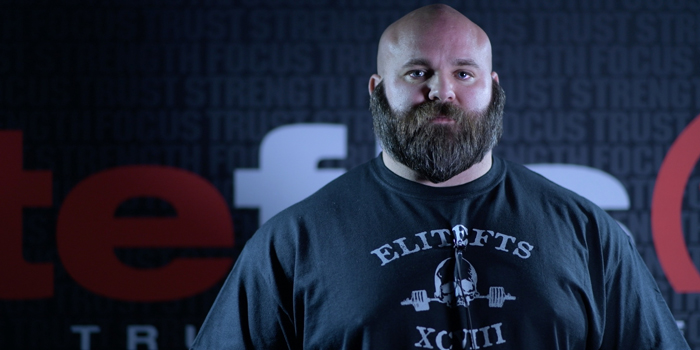
Lifting weights has been around forever. The first early recordings of individuals lifting the most weight for competition purposes was found in early Egypt, China, and ancient Greece. Shit, when God created the heavens and earth, if you believe in that, he was probably doing sets in between creating woman and man. The reason the oceans are salt is HE probably had glandular issues, but I digress.
The first Olympic competition where the “two-hand” clean and jerk was performed was in 1920. Again, it’s been around for quite some time, and although this was not the first time a clean was performed, it was the first time it was an official event within the Olympics.
RECENT: So You Want to Be A Collegiate Strength Coach: Untold Truths of the Job
So, what is the deal? Why does every high school and collegiate sport coach have such a compulsive need to perform the clean? It’s like Moses brought forth an 11th commandment that stated: “thou shalt perform the clean no matter what, perform it wrong, and keep performing it just because it’s what someone else did and he or she was successful.” As you can see, I’m getting biblical here. A lot of individuals take what’s arguably the most highly coordinated regimen you can perform in the weight room and start individuals doing it day 1. WTF? Happens all the time. When athletes get to me at the collegiate level, their motor patterns are so messed up it takes quite a bit of time to retrain the movement.
If you want to perform the clean, fine. At the collegiate level, here are the movements I make sure that my athletes can do before they are allowed to perform a proper clean motion (if I were training high school athletes or starting at the beginning, I would start elsewhere, so keep this in mind when reading).
Teach the Romanian Deadlift (RDL)
Hinging is a huge part of a triple extension explosion (i.e., jumping), so it’s a huge part of performing the clean correctly. Many athletes when they perform a jump, any jump, drive their knees forward, dipping down and loading the knee joint. They drive through their toes and put all of the pressure and stress through the patellar tendon/knee joint. For the most part, this is a quad-driven jump. Problem with this is you are not using the most powerful muscles in your body, the ass (gluteus maximus), and hamstrings (at the hip joint). So, if we have a lot of athletes who jump mostly using their quads, we need to teach them how to hinge at the hip (push the hips back, loading the glutes and hamstrings) correctly.
Neutral position start / Hips move away from the center of gravity with a neutral spine
Now, as you see above, the hips move posteriorly away from your center of gravity. Anything that moves away from your center of gravity will take the pressure off your whole body, including any external load. So, if your knees dive forward, your knees take the load, which is something we do not want. With the hips moving backward, the athlete’s low back, butt, and hamstrings (posterior chain) take the load, which is what we want and what biomechanically the body is set up to do. It’s important to teach a proper hinge to accomplish the clean correctly. Start with the RDL.
Teach the Box Jump
Cleaning is a highly coordinated movement pattern involving an external load outside of your own body weight. If you cannot handle your own body weight properly, then why are you moving onto more complicated movement patterns? As discussed above with the RDL teaching, a more simplistic triple extension motion is where you need to start. The box jump accomplishes this in three ways: 1) teach the athlete how to hinge and drive properly, 2) learn to catch in an athletic position, and 3) teach the body to accept force properly.
Anterior load, knee joint / Posterior load, hip joint
To address #1, above, you see two start positions for the box jump. In the one on the left, the athlete has the knees over the top and out in front of the toes, thus loading the knee joint/quad. Hip extension use will be minimal here, and typically, this is what we see going wrong with most athletes’ jumping motions. Remember that we want to use the biggest force producing muscles in the body (i.e., the glutes and hamstrings). As you see in the picture on the right, the athlete is hinging the hips back, loading glutes and hamstrings, and ready to triple extend onto the box. We want all of the power to come from our hips, so teaching the athlete to do a proper box jump is going to teach him how to use the hips properly. Master the basics before you move forward.
For #2, the catch of the clean in part is landing in a good athletic position, absorbing the load with the hips, not the knees. In the picture on the left, the athlete lands on the toes, with the knees out in front, resulting in the load being absorbed by the knee joint. Again, the strongest muscles in our body wrap around the hip. To land and accept force properly, we need to land toe to heel, hips hinged behind the center of gravity with chest over the ankles/feet. This allows the athlete to accept the force with the hips, not the knees. Remember, anything that moves away from our body’s center of gravity will accept the force of gravity working against the body and any external load we may be using. This covers #3—teaching the body to accept force properly and efficiently. You may also in conjunction use depth drops, bounding, tuck jumps, etc. When we were younger, we just jumped from jungle gyms, merry-go-rounds, and trees. Today, there are too many video games and not enough outside play.
Teach the Front Squat
The catch of the clean is pretty much a front squat. Not pretty much—it is a front squat position. If your athletes do not know how to front squat properly with the hands on the bar, the bar on the shoulders, and the elbows up to the ceiling, they will definitely struggle here. And the same as everything we have talked about above, when you front squat, you need to be loading and using your hips. The hips move away from your center of gravity, the weight stays and drives through the heel, the bars are racked on the shoulder, and the elbows are up to the ceiling.
Athletes should be able to do a full-out front squat if you want them to clean properly. And do not teach the front squat by crossing the arms in front. Teach it as if they were catching a clean. Hands underneath the bar and elbows driven up. Yes, this will not feel comfortable. Work on the wrist, elbow, and shoulder range of motion. If you can’t rack the bar on your shoulder properly, why are you doing a clean?
Teach the Conventional Deadlift
There are two types of clean starting positions in my book: the hang clean and the clean. The hang starts from an upright position, bar already in hand. You have your load phase, triple extend, and catch-in-full squat position. If you are performing a full clean, then you are starting from the floor. Are there many variations? Yes. I only concern myself with two, and that’s all. You want to talk philosophy as to why, talk to me in person. I hate writing.
Anyway, if you are going to be doing full cleans starting from the floor, then you should teach your athletes how to do the conventional deadlift. The conventional deadlift and the starting position for the clean are pretty much one in the same.
Shoulders over bar, weight on heels, neutral spine / Drive through heels, pull chest up, keep bar tight
One thing I want to point out in the pictures above is the hip level. Your athlete will not be at parallel or below. Your hips drop as much as needed to create a neutral spine, getting the back flat and the hips loaded. You want minimal anterior knee movement. The more your knees load forward, the further the bar gets away from your center of gravity. You want to keep the bar close. I do not teach my athletes to drag up their shins but to keep them as close as possible. My female athletes complain about wearing dresses and having scrapes all over their shins. I guess it doesn’t go well with their heels.
Notice in the second picture where the bar is partially up the body. I hope that looks somewhat familiar. If it looks like your clean position, although I would take them below the knee if they were doing a hang clean. All of these things will tie together.
Okay, here’s what I’m getting at. Teaching these separate movements will help with proper movement patterns when it comes to completing the clean correctly. Yes, there is more to the clean than just doing a deadlift, RDL, box jump, and front squat. But in reality, it’s like doing a deadlift, RDL, box jump, and front squat. Teaching these movement patterns goes a long way. Proper preparation goes a long way. I said earlier that if I was working with a junior high/high school level athlete with zero experience, it would be a very long time before they would even worry about Olympic movements. There are so many fundamentals they need to cover before this movement should even be implemented. But if you receive the unabridged version of the 10 Commandments, then for fuck’s sake, make sure that you teach them good movement patterns before you begin. I hate cleaning up after everyone.
I do want to say one thing here. Remember that we are training athletes, not Olympic lifters. So, before you start quoting my USAW Bachelor of Science, keep in mind that we are keeping things simple. And remember that at the end of the day, we want our athletes to triple extend and accept force properly. They will not be perfect, or maybe even good. But we can get them to do it well!










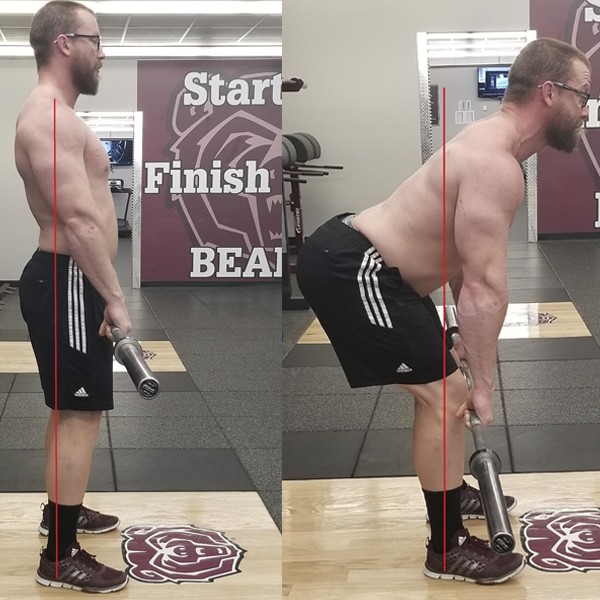
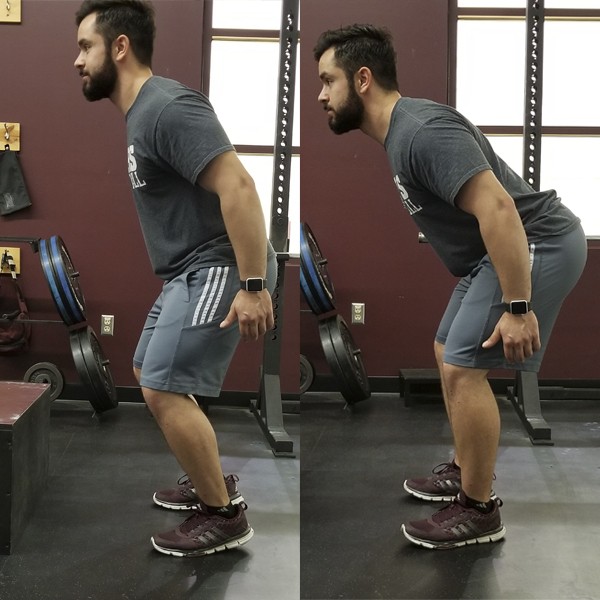
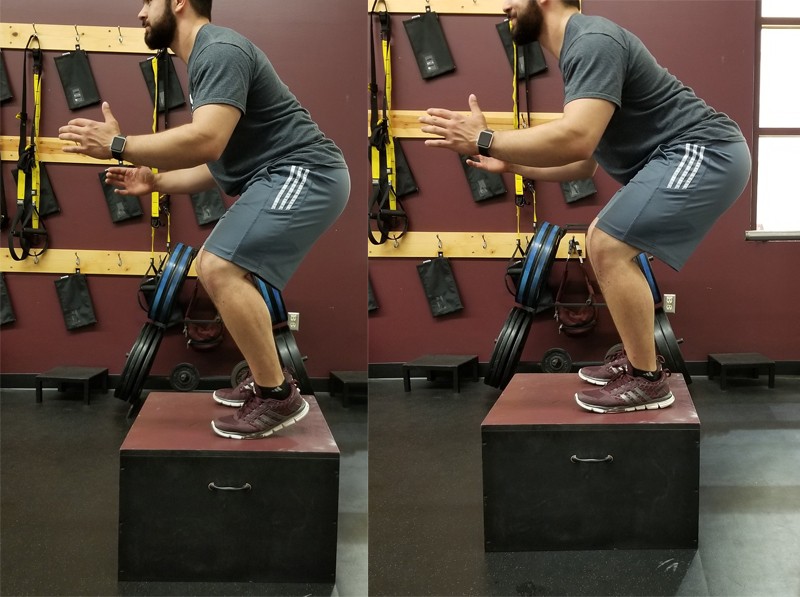
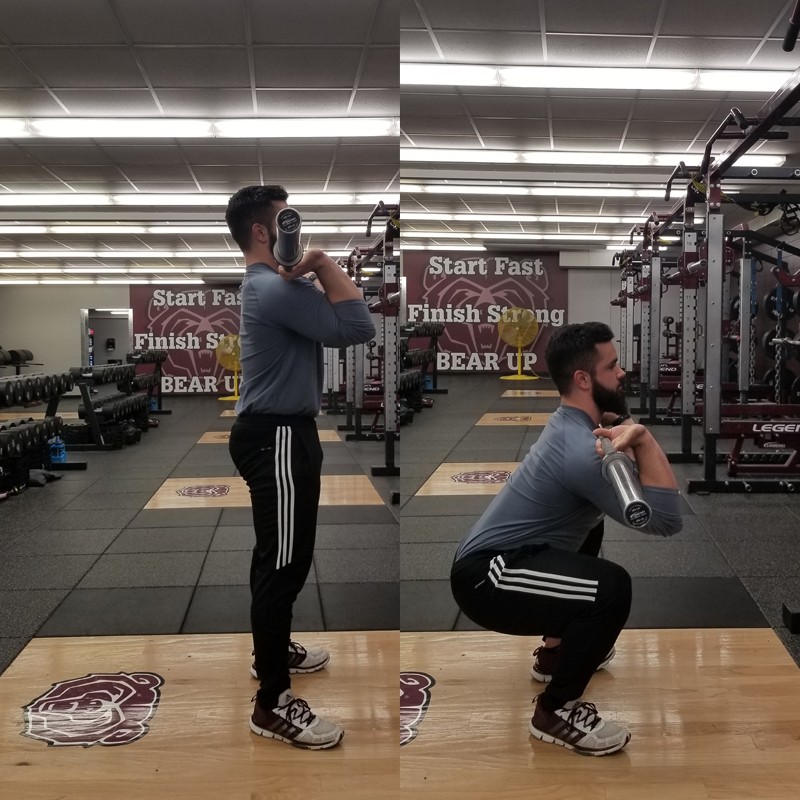
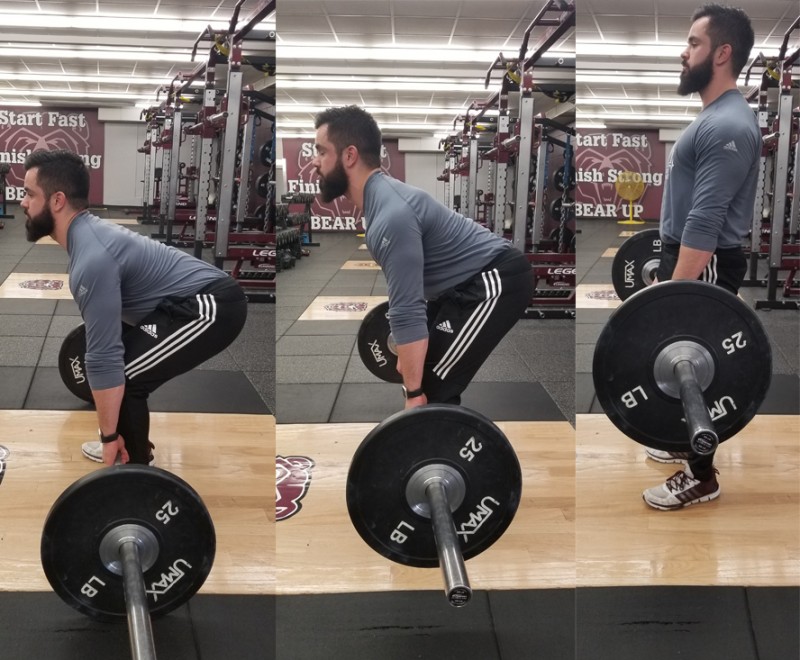
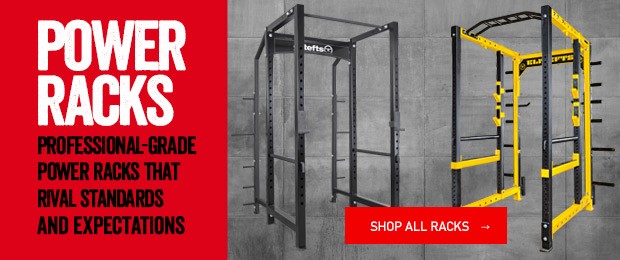
2 Comments